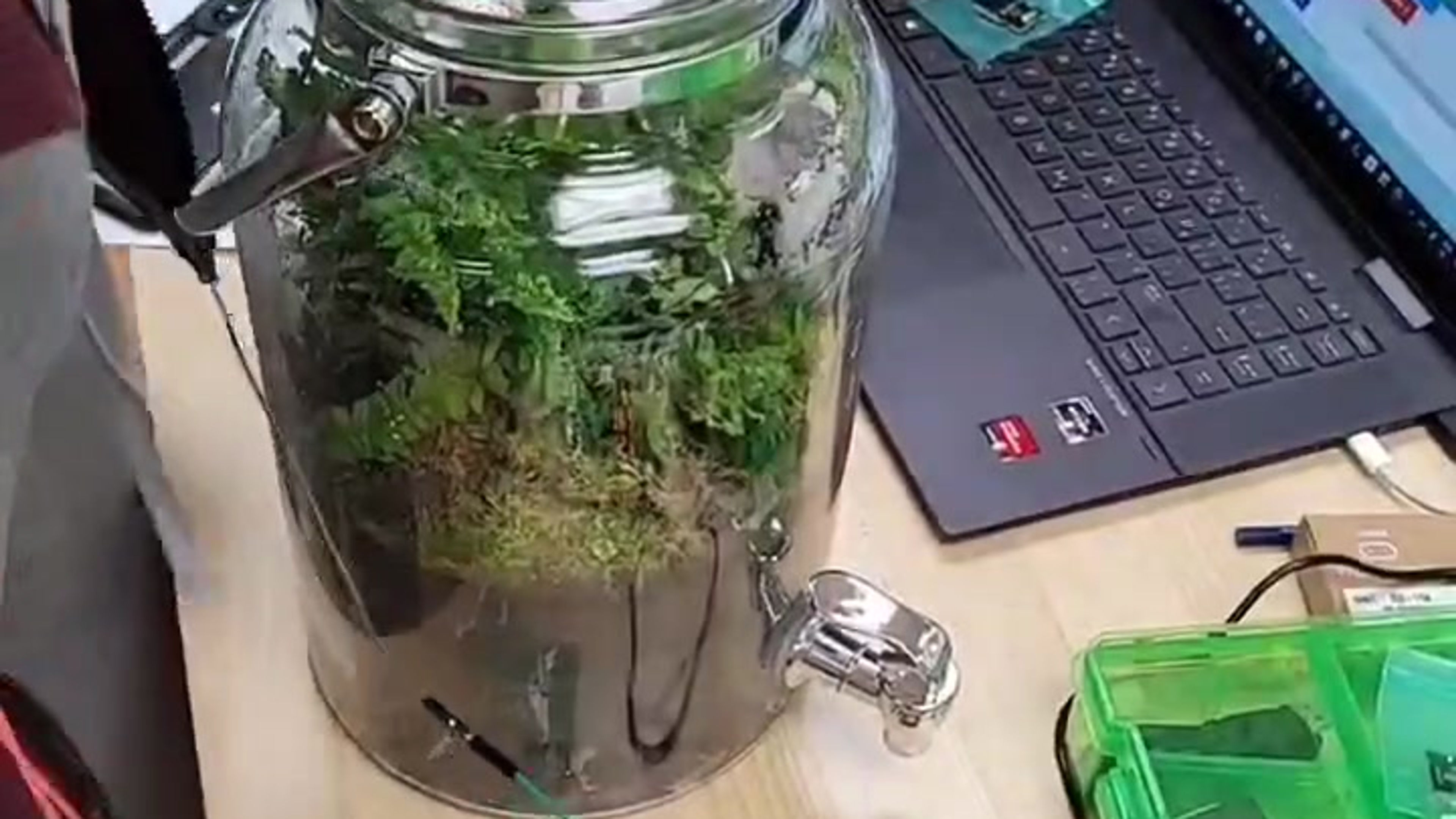Alice Wei's Portfolio


STEM CHANNEL

Terrarium STEM Project
The Full Story
Imagine a terrarium glowing softly with life—a miniature rainforest, teeming with delicate plants, glistening droplets, and the whisper of a self-contained ecosystem. Now, picture STEM technologies as invisible caretakers, working tirelessly behind the scenes to nurture this fragile habitat.
The Terrarium STEM project comes alive with innovation, using smart sensors to monitor temperature, humidity, and water levels with precision. Each leaf, each drop of moisture, becomes data—a digital story that the terrarium tells to its growers. With this wealth of information, growers can fine-tune the conditions within the terrarium, ensuring the health of the ecosystem. Is it too dry? The system can gently mist the plants. Is it too warm? Perhaps a tiny cooling vent can activate. It's not just science—it's the poetry of technology collaborating with nature.
1. Automated Climate Control: Sensors linked to a microcontroller can dynamically adjust light intensity or heating elements based on the terrarium's needs, ensuring a consistently thriving environment.
2. Nutrient Tracking: Use soil sensors to measure pH levels and nutrient content, allowing growers to optimize the soil's health for the plants' specific requirements.
3. Growth Data Analysis: AI-powered algorithms could track plant growth over time, offering recommendations on which plants thrive together and even predicting future needs.
4. IoT Integration: Connect your terrarium to a smartphone app! This way, growers can receive alerts if water levels dip too low or if temperature fluctuations occur. They could even make adjustments remotely.
5. Learning Companion: Turn the terrarium into an interactive STEM education tool! Add a touchscreen display that teaches students about ecosystems, sustainability, and the technology behind the terrarium's maintenance.



